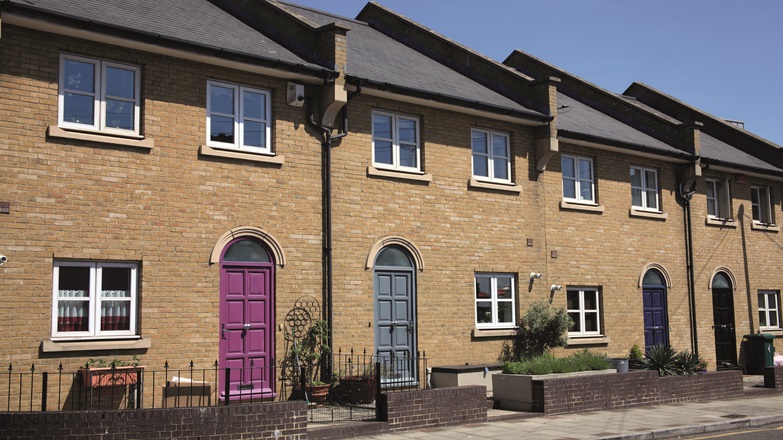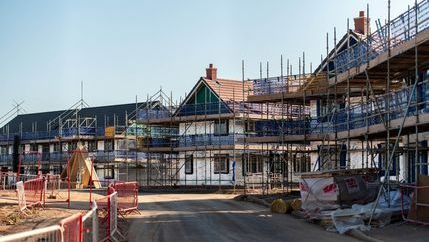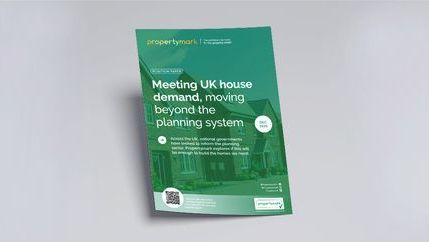
A simplified Scheme
Under the proposed reforms, council tenants must live in their homes for ten years before becoming eligible to buy. This has increased significantly from the current three-year requirement.
Discount levels will start at 5% after ten years and increase gradually each year thereafter, up to a maximum of 15%.
The new approach is intended to reward longer-term tenants while avoiding the rapid turnover of social homes that has made it difficult for councils to replace lost stock.
Changes also aim to simplify the scheme, make eligibility and discounts more transparent, and reduce the risk of abuse. Additional policy work is planned on issues such as fraud prevention and support for vulnerable tenants considering buying their homes.
Protecting newly built homes
To help councils plan confidently and protect the future supply of affordable homes, newly built social housing will be exempt from Right to Buy for 35 years. This will prevent new properties from being sold off too quickly and allow councils to retain homes intended to meet local housing needs.
There are also plans to increase the time during which councils can recover a portion of any discount if a property is resold. Currently capped at five years, this will be extended to ten years, and councils will also retain the right of first refusal on resales indefinitely.
Replacement and delivery of homes
A major concern highlighted in the consultation was the previously mentioned difficulty councils face in replacing homes sold through Right to Buy. In response, the Government has confirmed that councils will be allowed to keep 100% of sale receipts and combine them with grant funding to deliver new homes from 2026–27.
This will replace the current one-for-one replacement target, which many local authorities found unworkable. While the new model does not establish a formal replacement ratio, the government states that it expects councils to go beyond one-for-one delivery wherever possible.
Housing providers and local authority groups have broadly welcomed the measures, particularly the flexibility to reinvest receipts locally. However, the Government has yet to confirm when the changes will be introduced.
Certainty for councils
We welcome the move to give councils more tools to deliver replacement homes and the efforts to strengthen oversight. The decision to delay eligibility, lower discounts, and protect new housing stock will help slow down the loss of council homes and give local authorities a better chance to plan and invest. Councils need the certainty that homes built for social rent won’t be quickly sold off under the same system that has contributed to housing shortages in many areas.





